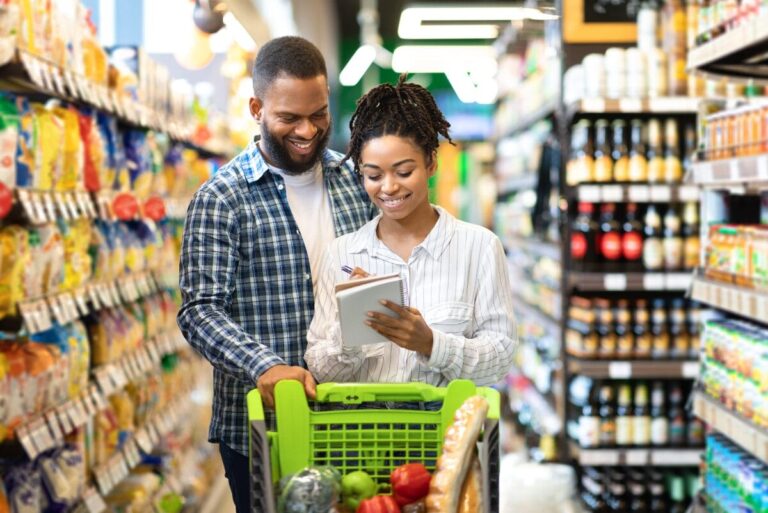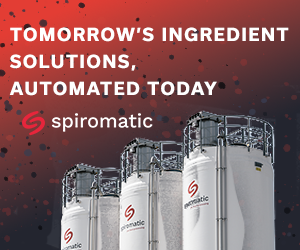Planning ahead
Chesapeake, VA-based BakeFresh Co., a subsidiary of Coppermine Bakeries, works closely with its customers to supply a variety of freshly baked donuts daily. The company helps manage its customers’ product pipelines by providing a full bakery solution that includes donuts in various flavors and other bakery items that round out the case offering.
“Our strategy is to work with our customers a year in advance so we can align their plans with our operations,” said Brandy Lee McNamee, president and COO at BakeFresh. “Including promotional offerings in the plan allows us to better prepare to efficiently produce whatever LTOs or seasonal flavors the customer may need.”
Selling mainly to 7-Eleven and other c-stores is the sweet spot for BakeFresh. Its facilities operate daily, making anywhere from 20 to 75 SKUs per day, which means producing between 100,000 and 200,000 fresh donuts, depending on seasonality. The bakery ships 365 days a year to support the convenience channel.
“We have become efficient with short runs because if our customers are expected to be open seven days a week stocked with fresh donuts, then our goal is to make sure they have fresh, delicious donuts ready to sell,” McNamee said.
Aligning R&D with production is key to efficiency and output. Each member of the BakeFresh R&D team has worked with all aspects of the operations channel. This prior experience on the line promotes better understanding of production capabilities.
“Our R&D team understands that our core competency is changeovers,” McNamee noted. “We are good at pivoting production from product to product by understanding how to best manage labor and automation.”
At the same time demand is growing for traditional donuts, the appeal for healthier versions is, too. New York-based Planet Bake responded with donuts made from plant-based, alternative ingredients.
“The industry’s shift toward health and specialty diets has both encouraged and challenged us,” said Kathrin Henon, founder and CEO of Planet Bake. “Demand for sugar-free, plant-based and allergen-friendly products drives our innovation. However, the need to meet high-quality standards while scaling production with minimal processing requires constant monitoring of supply chains and equipment technology.”
It took nine months for Planet Bake to create its donut recipe. The process began with extensive R&D to identify innovative alternatives, such as gluten-free almond flour, which could replace conventional baking ingredients.
“Our process has evolved to balance ingredient limitations with precise baking techniques,” Henon explained. “This attention to detail is key to the quality of our final product.”
These ingredients change the texture of the batter, so operations must speed up the process of moving the mixture into the line. Batter cannot sit for more than five minutes, or it will not flow properly into the moulds.
“These timing gaps force us to do small-batch production and fine-tune baking time, temperature and binder ratios, requiring formulation and equipment adjustments,” Henon said. “Given our dough’s complexity, consistently producing donuts with the same taste, texture and quality every time is difficult.”
Finding a co-manufacturing facility that could process Planet Bake’s unique dough texture was challenging. The bakery currently runs product on a traditional donut line with adjusted settings. Operations consist of 70% automation and 30% labor, producing seven to 12 batches of donuts, or 8,000 units, daily.










